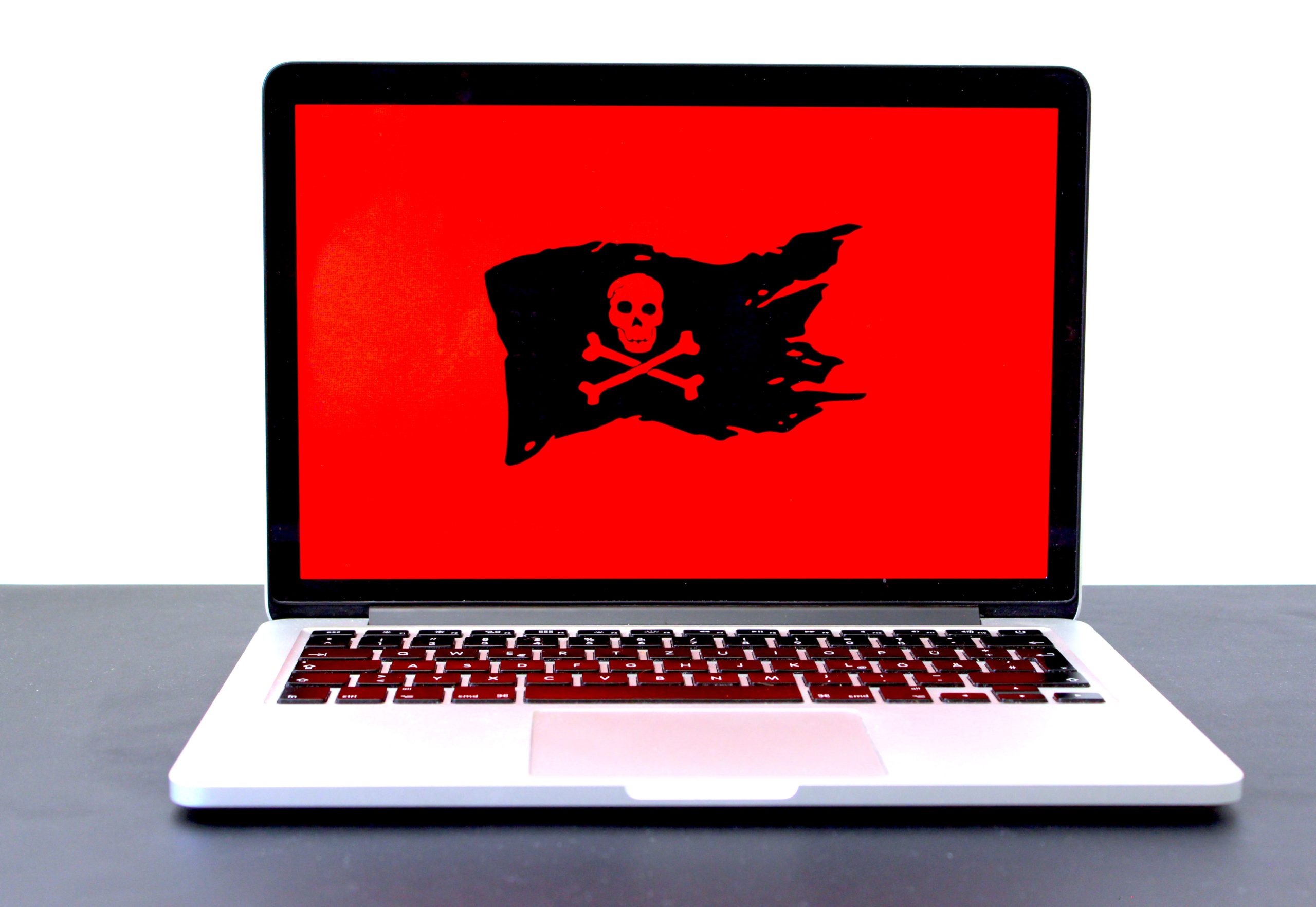Macs are known for being much more secure than PCs, but that doesn’t mean that they’re impervious to malware. In fact, there are a number of ways that malware can find its way onto your Mac. If you think that your Mac may be infected, don’t panic - in this article, we’ll show you how to remove malware from a Mac in just a few simple steps.
What is malware?
Malware is a type of malicious software that is designed to damage or disable computers. It can infect a computer by exploiting vulnerabilities in software or through phishing attacks. Malware can be used to steal personal information, hijack computers, and spread viruses. There are many different types of malware, and new variants are constantly being created.
Malware removal can be a difficult and time-consuming process. There are a number of different tools and techniques that can be used to remove malware from a Mac. The most effective way to remove malware is to use a dedicated malware removal tool. These tools are designed specifically for removing malware, and they will often find and remove malware that other tools miss.
If you think your Mac may be infected with malware, the first step is to run a scan with a reputable anti-malware tool. This will help you determine if there is indeed malware on your system and, if so, which type it is. Once you know what type of malware you're dealing with, you can begin the process of removing it from your Mac.
How do I delete malware from my Mac?
Malware is a type of software that is designed to harm your computer, and it can come in many different forms. If you think your Mac may be infected with malware, there are a few things you can do to remove it.
First, try using a malware removal tool, such as Malwarebytes for Mac. This software will scan your computer for malware and attempt to remove it.
If that doesn't work, you can also try manually removing the malware. This can be a tricky process, and it's important to be very careful, as you don't want to accidentally delete any important files. If you're not sure what you're doing, it's best to leave this to a professional.
Once you've removed the malware from your Mac, it's important to take steps to prevent it from happening again in the future. Be careful about what websites you visit and what files you download, as these can be common ways for malware to find its way onto your computer. And, consider installing an antivirus program to help protect your Mac from future infections.
How do I remove malware from my browser?
If you think your Mac may be infected with malware, there are a few things you can do to clean it up. First, try running a malware scanner like Malwarebytes. If that doesn't work, you can try resetting your browser to its default settings. Finally, if all else fails, you can reinstall your operating system.
How do I make sure my Mac doesn’t get malware again?
Here are some tips to help keep your Mac safe from malware in the future:
1. Keep your software up to date. Software updates often include security enhancements that can help protect your Mac from malware.
2. Use a reputable antivirus program. There are many good antivirus programs available for Mac, and using one can help protect your computer from malware.
3. Be cautious when downloading files. Only download files from websites that you trust, and be careful when opening email attachments.
4. Avoid clicking on links in unsolicited emails or websites. These links could lead you to malicious websites that could infect your computer with malware.
5. Don’t give out personal information online unless you know the website is secure. When entering confidential information, look for HTTPS:// at the beginning of the website address and a lock icon in the browser bar. These indicators show that the website is using encryption to protect your information.
How can malware get on my Mac?
Malware can get on your Mac in a variety of ways. Sometimes it comes from malicious websites that you visit, or it can be installed by a third-party app that you download. It can even come from email attachments or infected USB drives. Once malware is on your Mac, it can do all sorts of damage. It can steal your personal information, delete files, and even disable your Mac.
That’s why it’s important to be careful when you surf the web, click on links, and download apps. And if you do find yourself with malware on your Mac, don’t panic. There are a few different ways to remove it and get your Mac back to normal.
What are the consequences of having malware on my Mac?
If you have malware on your Mac, it could lead to a number of consequences, including:
-Your personal information is being stolen
-Your Mac is being used to attack other computers
-Your Mac becoming slow and unresponsive
-Applications on your Mac not working properly
If you think you may have malware on your Mac, the best thing to do is to run a malware scan using an anti-malware program. This will help to remove any malware that may be on your system.
Conclusion
If your Mac has been infected with malware, don't panic. There are a few different ways to remove it, and you can usually do it yourself without too much trouble. First, try running a virus scan using an anti-malware program like Malwarebytes. If that doesn't work, you can also try manually removing the malware by following the instructions in this article. Whichever method you choose, make sure you follow all the steps carefully to ensure that you completely remove the malware from your system.


